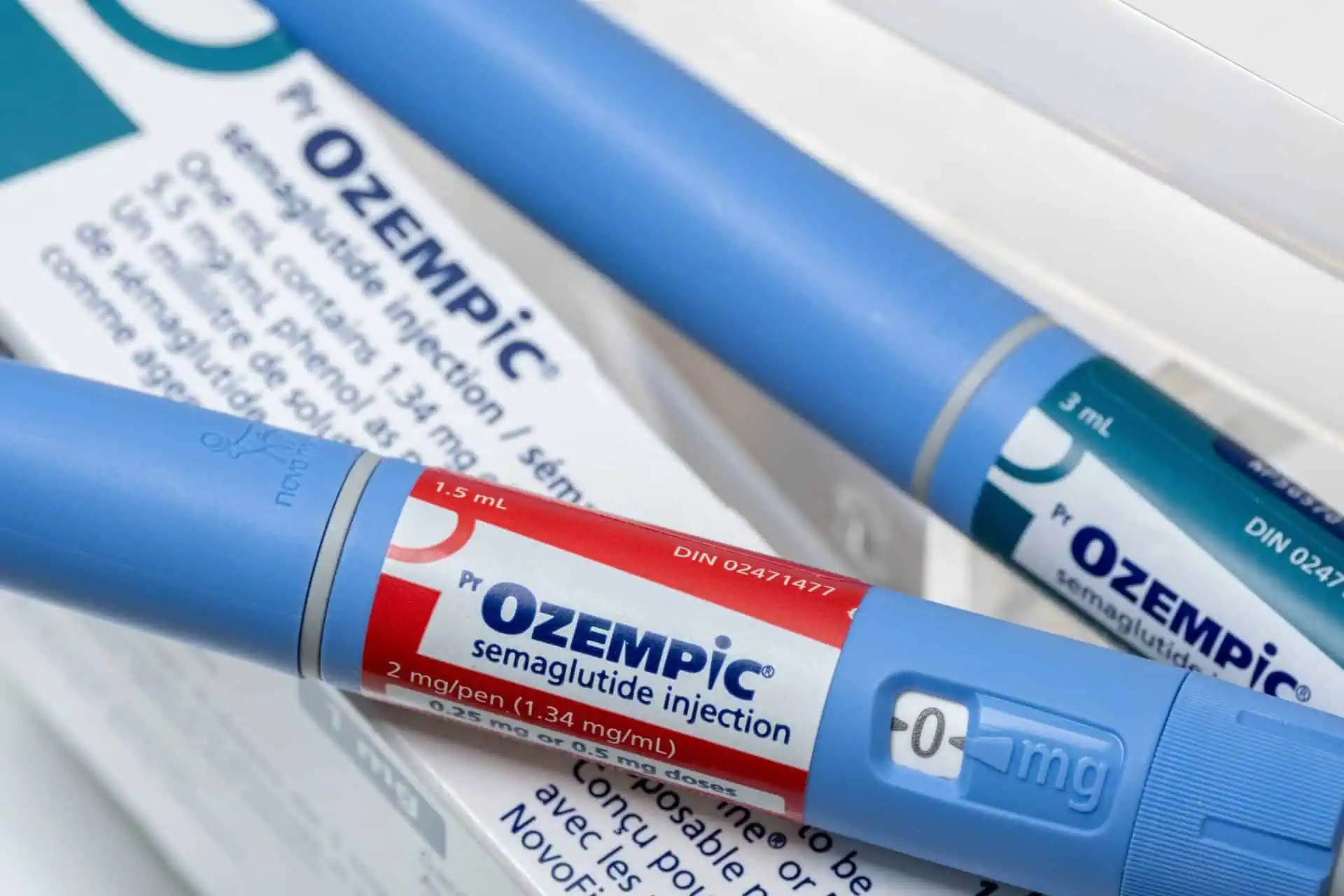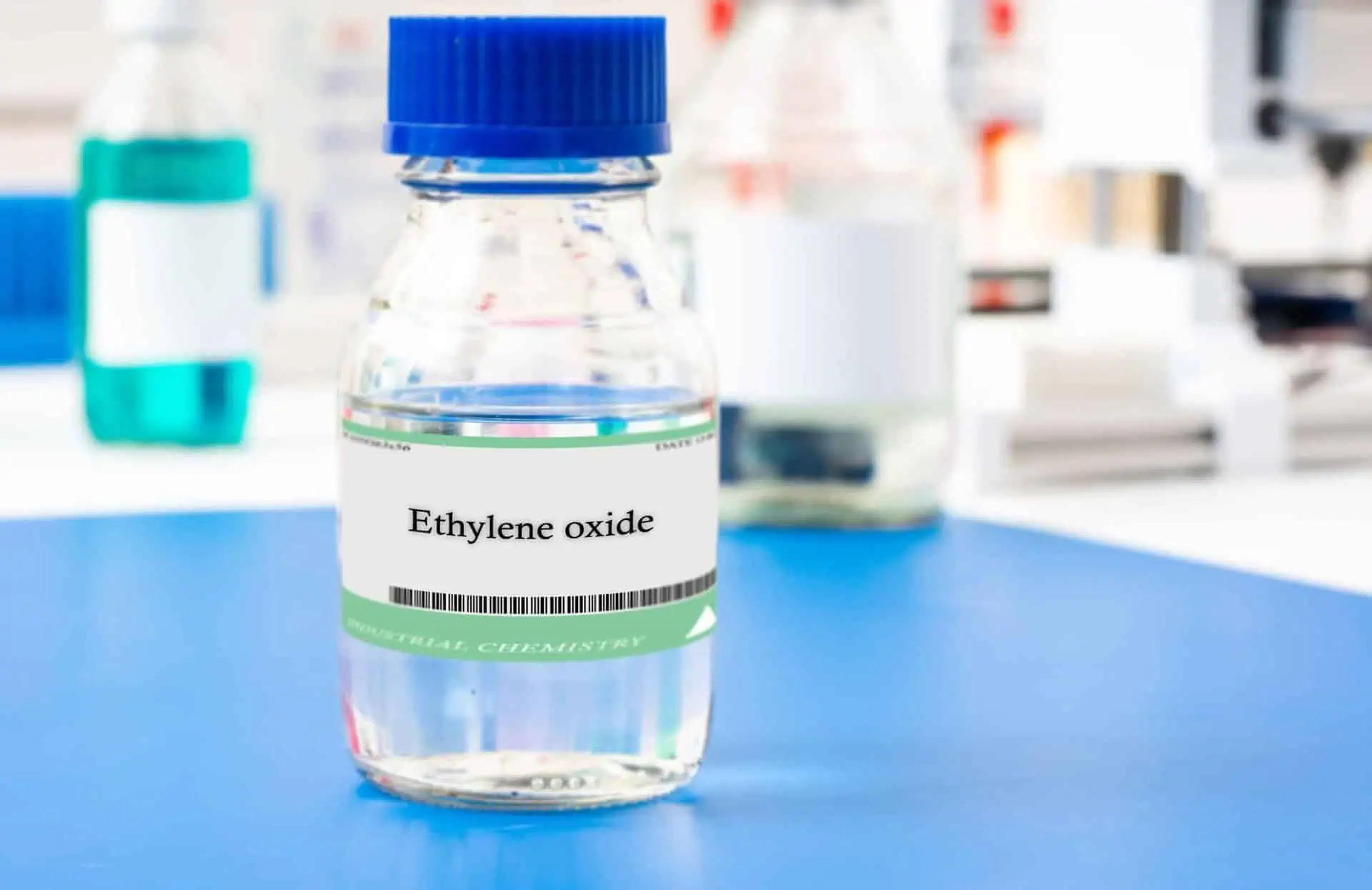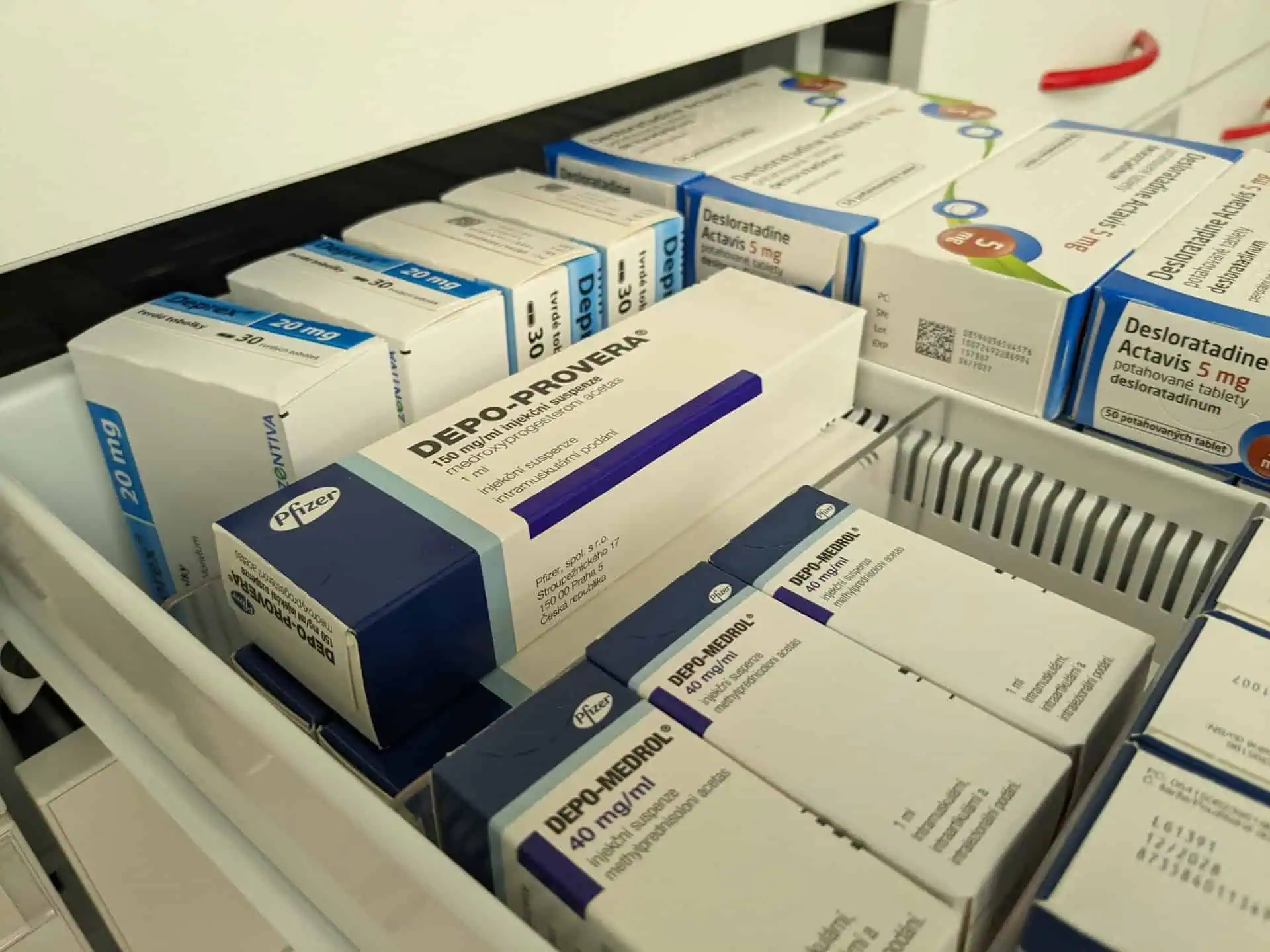What Is/Are PFAS?
- Last Updated: August 3rd, 2023

Attorney Jessica Paluch-Hoerman, founder of TruLaw, has over 28 years of experience as a personal injury and mass tort attorney, and previously worked as an international tax attorney at Deloitte. Jessie collaborates with attorneys nationwide — enabling her to share reliable, up-to-date legal information with our readers.
Legally Reviewed
This article has been written and reviewed for legal accuracy and clarity by the team of writers and legal experts at TruLaw and is as accurate as possible. This content should not be taken as legal advice from an attorney. If you would like to learn more about our owner and experienced injury lawyer, Jessie Paluch, you can do so here.
Fact-Checked
TruLaw does everything possible to make sure the information in this article is up to date and accurate. If you need specific legal advice about your case, contact us by using the chat on the bottom of this page. This article should not be taken as advice from an attorney.
What Is/Are PFAS?
PFAS is an acronym that stands for both Perfluoroalkyl Substances and Polyfluoroalkyl Substances.
These are synthetic chemical compounds that are manufactured for use in several industries around the world and are highly valued for their unique ability to repel both oil and water.
- Firefighting foam
- Stain-repellent and water-repellent fabrics and coatings (such as Scotchgard)
- Chemical-resistant coatings
- Oil-resistant coatings
- Food packaging materials
- Plastics
- Solar Panels

Table of Contents
Why Are PFAS Chemicals Controversial?
The chemical composition of PFAS includes a bond between carbon atoms and fluorine atoms.
The bond between these two elements is considered the strongest bond in nature.
As a result, PFAS compounds are so persistent in the environment that environmental agencies and public interest organizations refer to them as persistent organic pollutants.
Some have also dubbed them “forever chemicals.”
The Environmental Protection Agency (EPA) has noted that components of PFAS break down incredibly slowly over time.
Because of this, the United States began phasing out the production of many of the highly studied “long-chain” PFAS chemicals in the early 2000s.
However, there are still many “replacement” and “next-generation” PFAS chemicals that are currently in production and use.
One consequence of the fact that PFAS substances take such a long time to break down is that many of the chemicals can be found in the blood serum of animals and human beings all around the world.
Levels of PFAS can also be detected in many food products and in various aspects of the environment, such as water, soil, and even air across the globe.
The fact that PFAS chemicals are in so many consumer, commercial, and industrial products makes it difficult for scientists to study what the potential negative effects of these substances are on human health and on the environment.
What Are the Possible Health Risks of PFAS Chemicals?
While there is no definitive consensus about exactly how harmful PFAS chemicals are to humans, the Centers for Disease Control (CDC) notes that there are several studies that suggest a variety of outcomes for people who have been exposed to these substances.
The CDC specifically points to the following as possible health risks from PFAS in animals and in humans:
- Increased levels of cholesterol
- Decreased effectiveness of vaccines in children
- Damage to the liver and changes to liver enzymes
- Ulcerative colitis
- Thyroid disease
- Increased risk of hypertension (high blood pressure) or pre-eclampsia (problems with blood flow to the placenta) in pregnant women
- Small decrease in infant birth weights
- Birth defects
- Newborn deaths
- Increased risk of testicular or kidney cancer
Is Anything Being Done to Address the Problems with PFAS?
The researchers at the EPA, CDC, and other groups are engaged in ongoing work to learn more about both the dangers of PFAS chemicals and how to address the problems they already know about.
This includes trying new means of detecting and measuring the substances in the environment, discovering how to remove PFAS from drinking water, and determining effective ways of managing and disposing of the chemicals.
While federal action has been relatively modest thus far, several states have enacted their own regulations to mitigate the increasing levels of PFAS in the environment.
States such as Michigan, New Jersey, New York, and Vermont have established legislation that restricts or prohibits the use of PFAS chemicals in consumer products, firefighting foam, and food packaging.
Michigan has also created stringent regulations regarding PFAS contamination in drinking water.
Maine has gone even further.
In 2021, it became the first state in the country to ban PFAS in all products by the year 2030.
The concerns surrounding these “forever chemicals” have also prompted serious litigation against PFAS manufacturers such as DuPont and 3M, as well as downstream industrial companies that use the substances in their products or in their manufacturing processes.
 Ongoing multidistrict litigation in South Carolina federal court, for example, involves roughly 500 lawsuits on the basis of personal injury, property damage, and environmental contamination allegedly caused by PFAS-containing aqueous film-forming foams (AFFFs) that are used to fight fires.
Ongoing multidistrict litigation in South Carolina federal court, for example, involves roughly 500 lawsuits on the basis of personal injury, property damage, and environmental contamination allegedly caused by PFAS-containing aqueous film-forming foams (AFFFs) that are used to fight fires.
According to The National Law Review, there appears to be a major emerging trend toward growth in PFAS consumer product litigation.
This has been spurred by a number of large settlements in recent years, as well as by numerous advances in the way that epidemiologists, toxicologists, and environmental scientists understand the effects of these chemicals on the health of people and the planet.
TruLaw and its seasoned lawyers are working hard to defend those who have been injured due to PFAS and AFFFs.
Visit our Firefighter Gear Instant Case Evaluator to learn if you may be eligible for a Firefighter gear case today.

Managing Attorney & Owner
With over 25 years of legal experience, Jessica Paluch-Hoerman is an Illinois lawyer, a CPA, and a mother of three. She spent the first decade of her career working as an international tax attorney at Deloitte.
In 2009, Jessie co-founded her own law firm with her husband – which has scaled to over 30 employees since its conception.
In 2016, Jessie founded TruLaw, which allows her to collaborate with attorneys and legal experts across the United States on a daily basis. This hypervaluable network of experts is what enables her to share the most reliable, accurate, and up-to-date legal information with our readers!
Here, at TruLaw, we’re committed to helping victims get the justice they deserve.
Alongside our partner law firms, we have successfully collected over $3 Billion in verdicts and settlements on behalf of injured individuals.
Would you like our help?
At TruLaw, we fiercely combat corporations that endanger individuals’ well-being. If you’ve suffered injuries and believe these well-funded entities should be held accountable, we’re here for you.
With TruLaw, you gain access to successful and seasoned lawyers who maximize your chances of success. Our lawyers invest in you—they do not receive a dime until your lawsuit reaches a successful resolution!
AFFF Lawsuit claims are being filed against manufacturers of aqueous film-forming foam (AFFF), commonly used in firefighting.
Claims allege that companies such as 3M, DuPont, and Tyco Fire Products failed to adequately warn users about the potential dangers of AFFF exposure — including increased risks of various cancers and diseases.
Depo Provera Lawsuit claims are being filed by individuals who allege they developed meningioma (a type of brain tumor) after receiving Depo-Provera birth control injections.
A 2024 study found that women using Depo-Provera for at least 1 year are five times more likely to develop meningioma brain tumors compared to those not using the drug.
Suboxone Tooth Decay Lawsuit claims are being filed against Indivior, the manufacturer of Suboxone, a medication used to treat opioid addiction.
Claims allege that Indivior failed to adequately warn users about the potential dangers of severe tooth decay and dental injuries associated with Suboxone’s sublingual film version.
Social Media Harm Lawsuits are being filed against social media companies for allegedly causing mental health issues in children and teens.
Claims allege that companies like Meta, Google, ByteDance, and Snap designed addictive platforms that led to anxiety, depression, and other mental health issues without adequately warning users or parents.
Transvaginal Mesh Lawsuits are being filed against manufacturers of transvaginal mesh products used to treat pelvic organ prolapse (POP) and stress urinary incontinence (SUI).
Claims allege that companies like Ethicon, C.R. Bard, and Boston Scientific failed to adequately warn about potential dangers — including erosion, pain, and infection.
Bair Hugger Warming Blanket Lawsuits involve claims against 3M — alleging their surgical warming blankets caused severe infections and complications (particularly in hip and knee replacement surgeries).
Plaintiffs claim 3M failed to warn about potential risks — despite knowing about increased risk of deep joint infections since 2011.
Baby Formula NEC Lawsuit claims are being filed against manufacturers of cow’s milk-based baby formula products.
Claims allege that companies like Abbott Laboratories (Similac) and Mead Johnson & Company (Enfamil) failed to warn about the increased risk of necrotizing enterocolitis (NEC) in premature infants.
Here, at TruLaw, we’re committed to helping victims get the justice they deserve.
Alongside our partner law firms, we have successfully collected over $3 Billion in verdicts and settlements on behalf of injured individuals.
Would you like our help?








